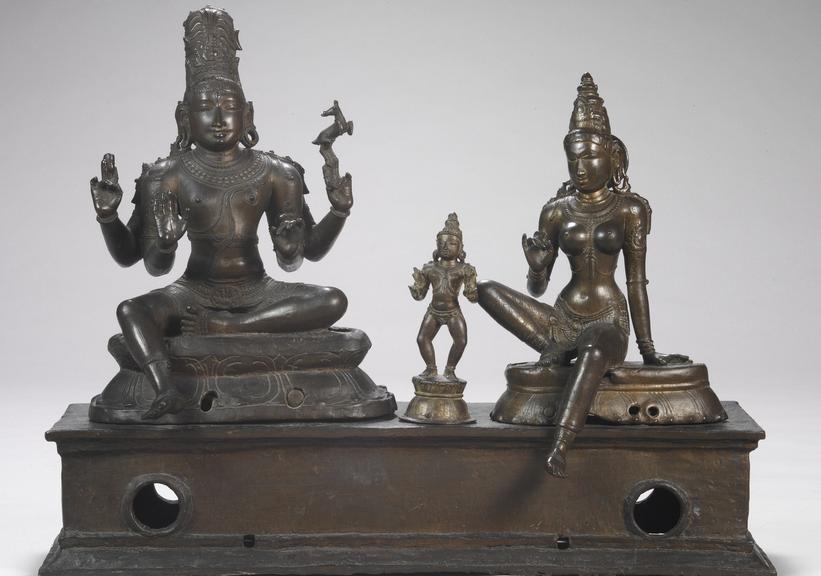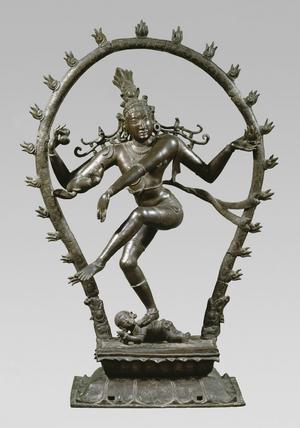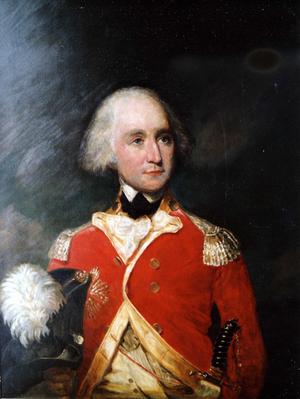Sculptures found in Tranquebar from the Chola Dynasty (c. 850-1270)


During the south Indian Chola dynasty (c. 850-1270), literature, religious art, and temple architecture flourished. For the large, prosperous temples, cast bronze sculptures of exceptional beauty and quality were produced depicting popular Hindu deities.
The National Museum of Denmark contains a unique collection of 13 bronze sculptures from the Chola dynasty, collected by Peter Anker who served as governor in Tranquebar from 1788-1806.
In 1799, during construction work in Tranquebar, the sculptures were found buried in the ground together with a number of other bronze objects for ceremonial use. Peter Anker immediately took interest in the find and local Brahmin priests allowed him to take them over, as they found that the sculptures had lost their power and religious purity by lying in the ground.
According to the local Brahmin priests the only way that the temple bronzes could regain their lost status as representatives of the highest beings was if a new temple was constructed worthy of their holy status. But no Indian regent in the region had the capital to erect such a building, and therefore, the Brahmins donated the temple bronzes to Peter Anker at a formal ceremony. In return Anker sacrificed an amount of rice to the nearby temple, and gave the Brahmins betel nuts and leaves, and rice as a proof of friendship.

Peter Anker (1744-1832) was of the opinion that the bronzes were buried 500 years earlier when the Delhi Sultanate tried to expand its Muslim regime to the South. It was Anker’s hypothesis that the temple bronzes were buried in the ground to save them from destruction, while the inhabitants were hiding.
Anker brought home the bronze collection to his native place in Norway, and after his death the collection was in 1843 on the King’s demand purchased to the Ethnographical Department in the then Royal Art Museum (1825-1865), now in the National Museum of Denmark.
Text: Professor Esther Fihl and Research Assistant Caroline Lillelund, 2015
Web design and supervision: Assistant Curator Bente Gundestrup
Language editing: Research Assistant Manasa Bollempali
